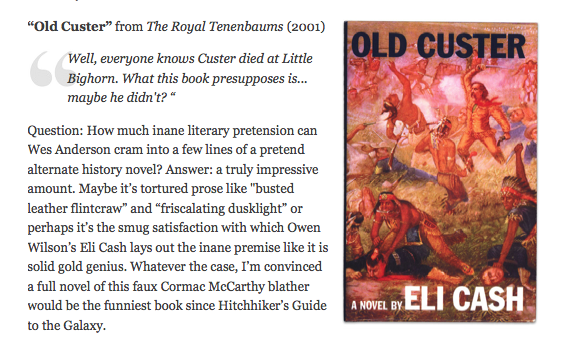

"Following Ebert's path all these years later, the book proves its durability. Changes to the walk, where they need to be made, are slight: Kenwood House is closed for construction, but I was still able to roam the stately grounds, which are sprinkled with a comically large number of park benches. Hampstead Tea Rooms is still in operation, though it no longer serves pastries from the window. The plum tree outside Keats House is long gone.
"But Ebert’s 'extraordinarily gnarled tree' still rests in its 'shady passage,' and The Freemasons Arms still serves 'substantial fare,' and waterfowl still swim on the waterfowl pond in the Heath. Paths still fork where Ebert says they do."


"I think the message of this episode is unfortunate. By Florida law, in any violent confrontation ending in a disputed act of lethal self-defense, without eye-witnesses, the advantage goes to the living."


"Today, the dynamic between low-budget producer and content-hungry distributor has flipped. Netflix doesn’t just stream films — it wills them into existence. The composition of contemporary B movies is dictated by middlemen like Netflix and Redbox, international direct-to-DVD distributors, and cable networks like Syfy, all of which pad their offerings with Asylum originals tailored to their needs. If a Japanese DVD company wants a submarine, and Blockbuster needs a monster, the Asylum will make a sailors-meet-sea creature movie, then tweak the concept further to sell to all its potential platforms."


"There are various methods with which films skirt this issue. The simplest solution is to show nothing and simply have the characters talk about the brilliance (or lack thereof) of the work in question. We never do hear a passage from Grady Tripp's acclaimed 'Arsonist's Daughter' in 'Wonder Boys' (2000), just as we never witness any of the actual stage performances from 'All About Eve' (1951). Then there are those films which give just enough of a taste of the work without doing the heavy lifting. In the great 'All That Jazz' (1979), for example, we see enough of Joe Gideon's erotic work-in-progress to know why it's an investor's nightmare without ever learning much more about it."





"Guillermo del Toro: The
Unlikely Auteur," from Nelson Carvajal and Amber Sparks at Press Play. Carvajal compiles clips from eight of the "Pacific Rim" director's movies to make a case for the filmmaker's artistry.





